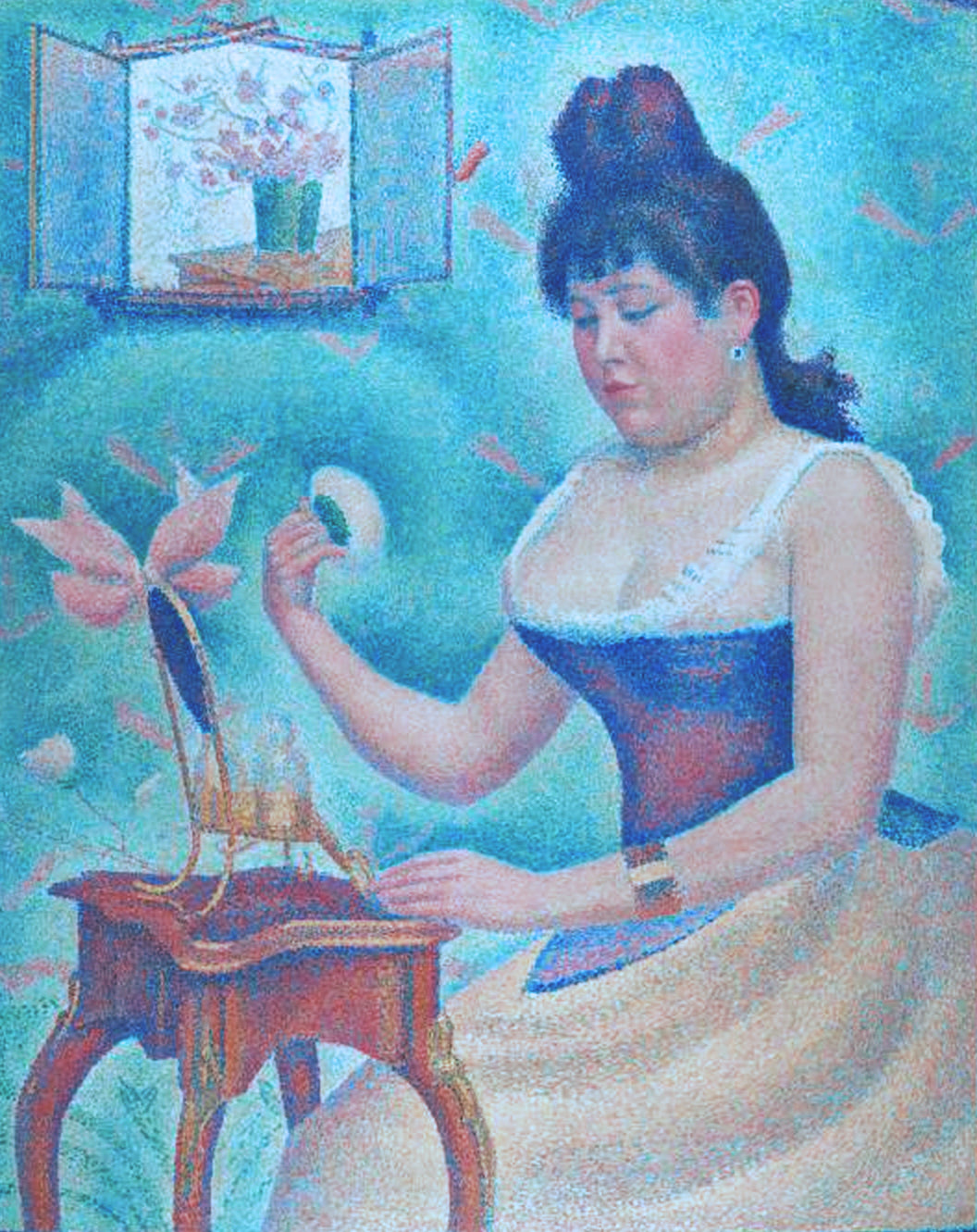
Georges Seurat: Master of Pointillism and Neo-Impressionism
Georges Seurat, a French post-impressionist painter, revolutionized the art world with his innovative technique known as pointillism.

Hakmys
Georges Seurat - A Sunday on La Grande Jatte Poster




Seurat's methodical approach to color and composition laid the foundation for the Neo-Impressionist movement. His scientific rigor and systematic application of color theory influenced contemporaries like Paul Signac and Camille Pissarro, who adopted and further developed his techniques.
Tragically, Seurat's life was cut short at the age of 31, leaving the art world to wonder what further innovations he might have brought forth had he lived longer.
Explore Georges Seurat Artworks
-
Georges Seurat - La Tour Eiffel
Normaler Preis Von €15,10Normaler PreisGrundpreis pro€0,00Verkaufspreis Von €15,10 -
Georges Seurat - Study for ‘A Sunday on La Grande Jatte'
Normaler Preis Von €15,10Normaler PreisGrundpreis pro€0,00Verkaufspreis Von €15,10 -
Georges Seurat - The Circus
Normaler Preis Von €15,10Normaler PreisGrundpreis pro€0,00Verkaufspreis Von €15,10 -
Georges Seurat - Le Saint-Cyrien
Normaler Preis Von €15,10Normaler PreisGrundpreis pro€0,00Verkaufspreis Von €15,10








